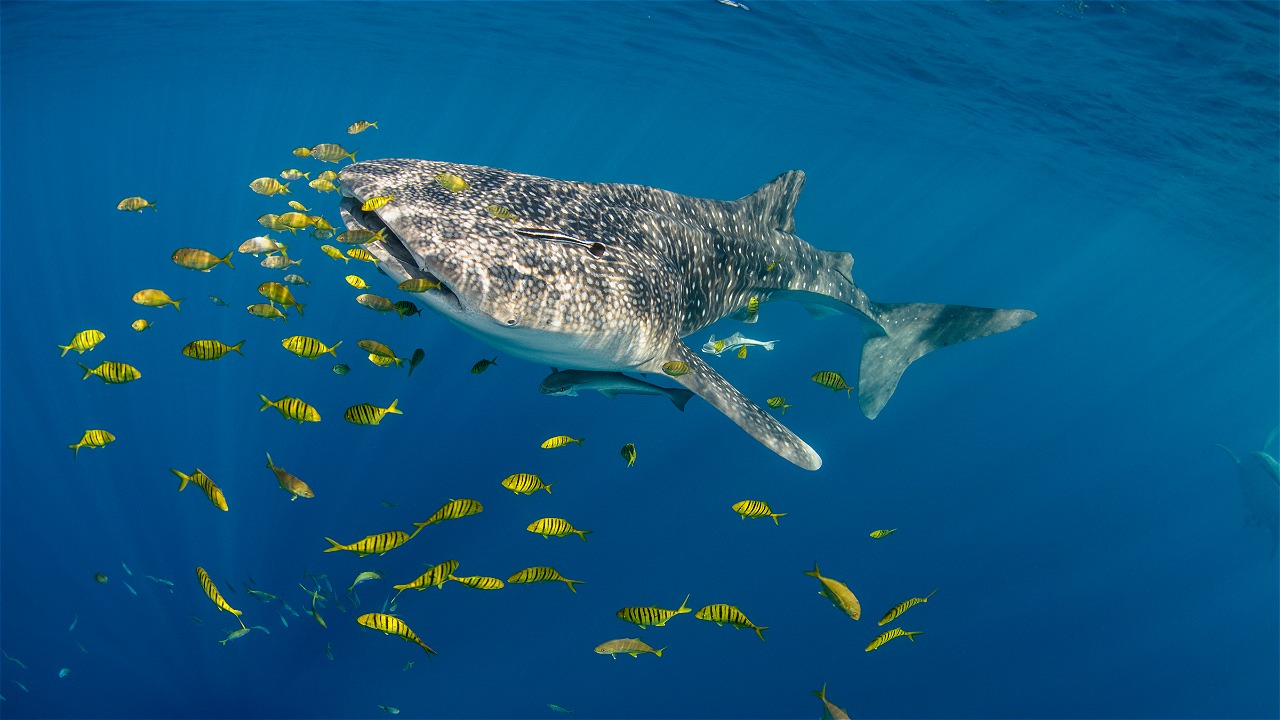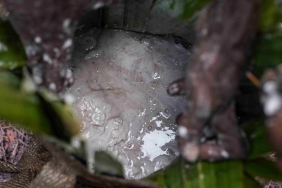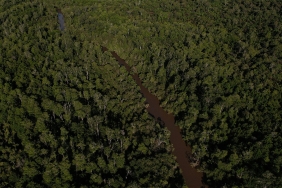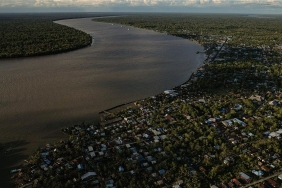SACRED PLACES LOSING THEIR KEY VALUES
By Feronika Manohas, a WWF-Indonesia staff based in Cendrawasih Bay National Park, West Papua. On her daily basis she is working as the staff of community outreach of education and empowerment. Please contact atfmanohas@wwf.or.id
Nasional Teluk Cendrawasih/TNTC), or more specifically seven villages within TNTC, they are Yende, Syabes, Yomakan, Isenebuai, Yomber, Goni, Napanyaur, and Kwatisore. From every village we visited, we received new information and made some agreements including the mapping of places considered to be sacred by the ancestors of local people, sites where people usually go hunting, fishing, or faming sites, water sources, and other historical places.
Following the spread of Christian religion to West Papua, the values of the sacred places were gradually fading as many people from outside West Papua came. During the visit, WWF team was also allowed to come and see directly those sacred places. In spite of degrading values, the local people still fully respect those holly places, and they still tell stories about them to their children and grandchildren. They still want to preserve the real values of those sacred places over generations.
Unlike system applied at places served as the hub of economy for local communities these days, their ancestors used to apply rules to limit the use of nature resources that include seasonal and spatial closure, the operation of proper fishing equipment, leaving most of the nature resources to where they originally belonged to make sure the long term sustainability of those resources.
Cendrawasih Bay National Park is known as the largest marine park of Indonesia. Since it was first designated as the nature reserve, there were many familiarization activities that have been conducted. Many people however still fish and dive at the conservation areas and even at the core zone of TNCT. Some tourist guides often got beaten up since they entered critical location without getting permission from the village. Since the park is managed by Balai Taman Nasional, so this management organization should work harder to stop foreigners from trespassing. It is not only about the economic factor, the local communities feel that the trespassers do not appreciate their presence and the places considered to be sacred for them.
Some might have forgotten or not noticed that the prevailing system in the local society is customary rules and community ownership rights, which means that despite being managed by the local authority/government, each location or place has their own ‘master/keeper’. It seems that the high-level officials have also forgotten this customary rule.
Based on the data provided by Balai Taman Nasional, the number of tourists has increased by 100% in 2013 compared to the number of tourists in 2011. The overlapping of land use, destructive fishing practices and illegal fishing, the absence of regulations in tourism that leads to considerable loss to local communities, the decline in fish population and size, fishing grounds are getting more distant, biodiversity is threatened are some issues caused by irresponsible tourism. “If you think that you are civilized enough, manage these tourist activities properly. Do not wait until we burn down everything!” Head village, Isenebuai Ambrosius Kayukatui was expressing his anger to WWF team due to the decaying environment.
In response to that statement, WWF-Indonesia develops tourism assessment within TNTC and encourages the all stakeholders to actively participate in the activity. This activity might take time to finally result in positive great changes. It is hoped that the local communities can manage their nature well. WWF-Indonesia will continue its custodial works until the local people can get their rights back.





